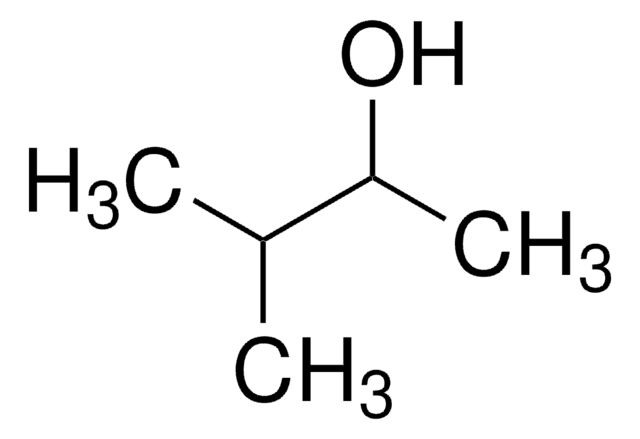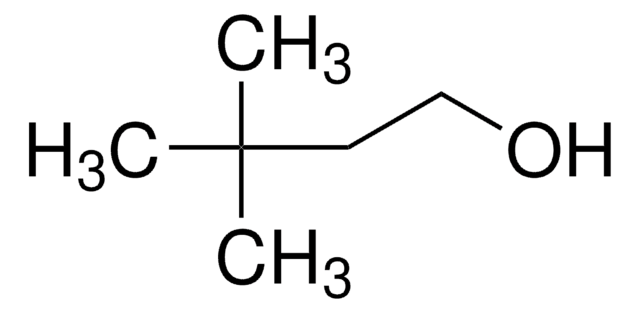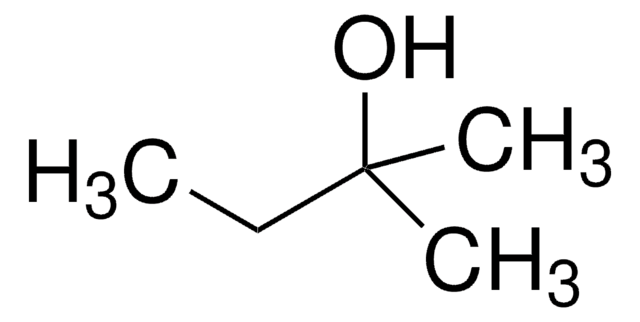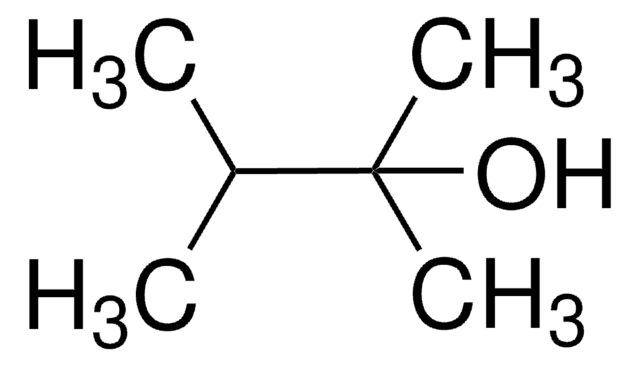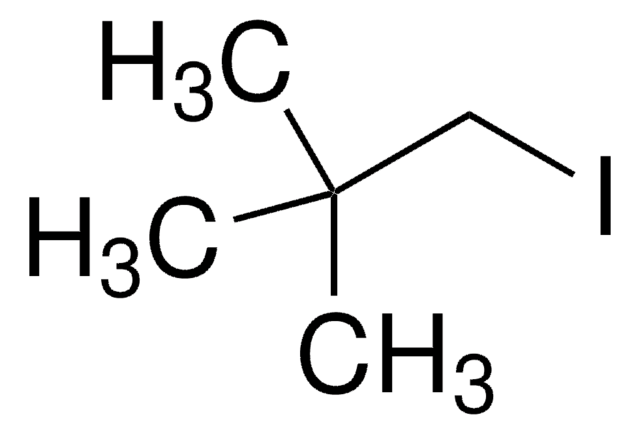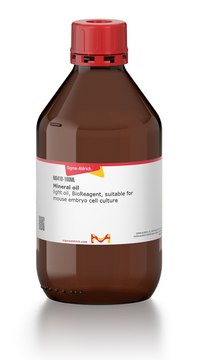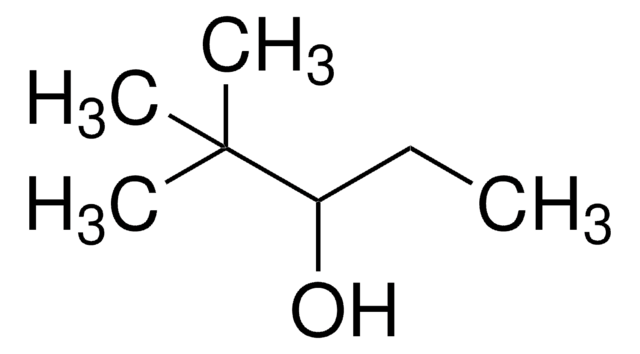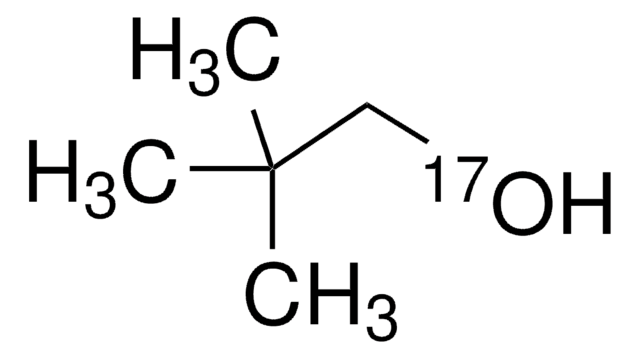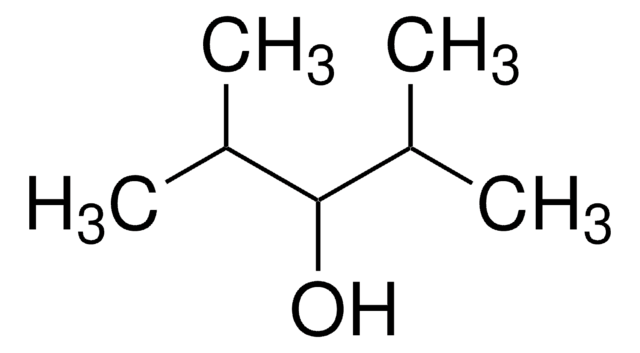N7206
2,2-Dimethyl-1-propanol
99%
Synonym(s):
tert-Butylmethanol, Neoamyl alcohol, Neopentanol, tert-Butyl carbinol, Neopentyl alcohol
About This Item
Recommended Products
vapor pressure
16 mmHg ( 20 °C)
Quality Level
Assay
99%
form
crystals
bp
113-114 °C (lit.)
mp
52-56 °C (lit.)
density
0.818 g/mL at 25 °C (lit.)
SMILES string
CC(C)(C)CO
InChI
1S/C5H12O/c1-5(2,3)4-6/h6H,4H2,1-3H3
InChI key
KPSSIOMAKSHJJG-UHFFFAOYSA-N
Looking for similar products? Visit Product Comparison Guide
Application
- 2,2-Dimethyl-1-propanol can be used in the synthesis of surfactant that stabilize reduced graphene oxide (rGO) dispersion.
- Biodiesel containing branched-chain esters prepared by the transesterification of vegetable oils with 2,2-dimethyl-1-propanol has been reported to show lower crystallization temperature when compared to methyl and ethyl ester counterparts.
Signal Word
Danger
Hazard Statements
Precautionary Statements
Hazard Classifications
Acute Tox. 4 Inhalation - Flam. Sol. 1 - STOT SE 3
Target Organs
Respiratory system
Storage Class Code
4.1B - Flammable solid hazardous materials
WGK
WGK 1
Flash Point(F)
82.4 °F - closed cup
Flash Point(C)
28 °C - closed cup
Personal Protective Equipment
Choose from one of the most recent versions:
Already Own This Product?
Find documentation for the products that you have recently purchased in the Document Library.
Our team of scientists has experience in all areas of research including Life Science, Material Science, Chemical Synthesis, Chromatography, Analytical and many others.
Contact Technical Service